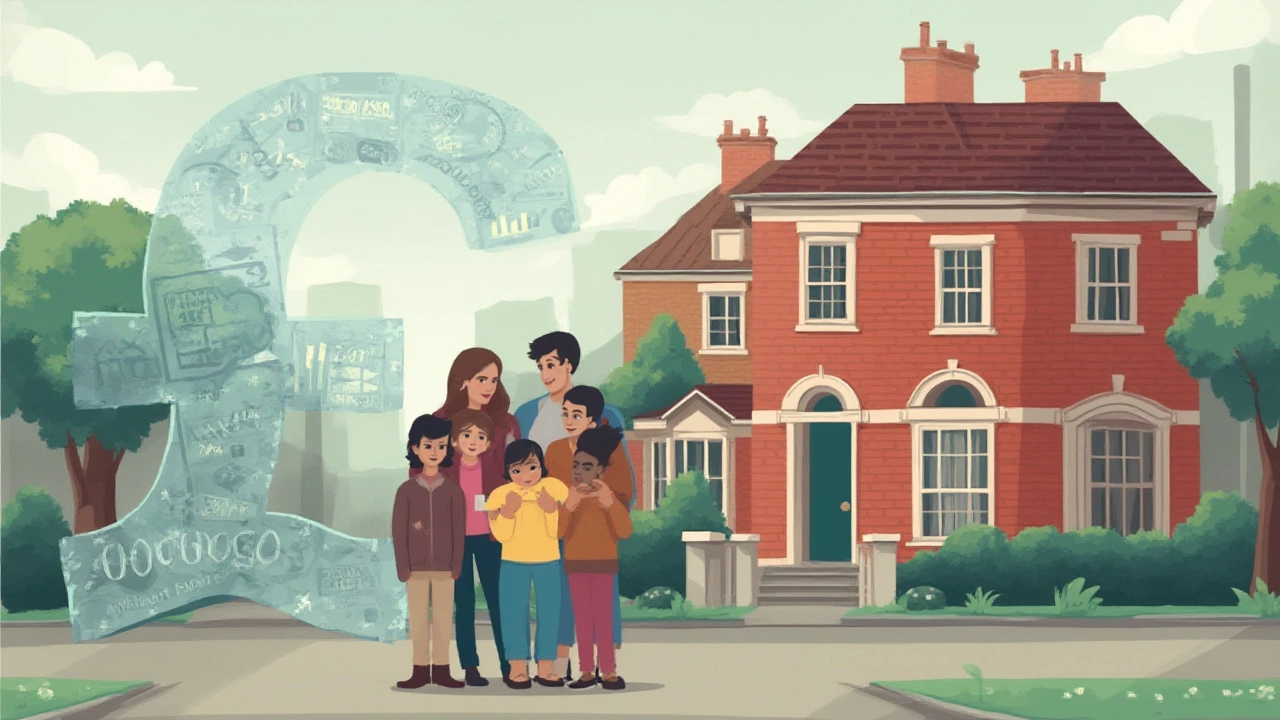Mortgage Cost: Simple Guide to Understanding Your Home Loan Expenses
If you’re thinking about buying a house, the total cost of the mortgage often feels like a mystery. You might hear terms like interest rate, arrangement fee, and valuation cost, but how do they all fit together? This guide breaks down every piece of a mortgage cost, shows why each part matters, and gives practical tips to keep your monthly out‑go lower.
What Makes Up a Mortgage Cost?
First, look at the interest rate. This is the biggest driver of what you’ll pay over the life of the loan. A lower rate means lower monthly payments, but rates can change depending on your credit score, loan‑to‑value ratio, and whether you pick a fixed or variable deal.
Next are upfront fees. Lenders often charge an arrangement fee (sometimes called a product fee) for setting up the mortgage. It can be a flat amount or a percentage of the loan. There’s also a valuation fee – the lender needs to confirm the property is worth the amount they’re lending.
Don’t forget about legal costs. You’ll need a solicitor or conveyancer to handle the paperwork, and their fees vary. Some lenders include a legal fee in the mortgage offer, but many don’t.
Other occasional costs include broker fees (if you use a mortgage broker), early‑repayment charges (if you pay off the loan early), and stamp duty on the property purchase. All of these add up and affect the true cost of borrowing.
Tips to Reduce Your Mortgage Expenses
Start by improving your credit score. A better score can shave points off the interest rate, which saves you hundreds of pounds each month. Pay down existing debts, keep credit card balances low, and check your credit report for errors.
Shop around. Different banks and building societies offer different rates and fee structures. Even a 0.2% difference in the interest rate can mean thousands saved over a 25‑year term.
Consider a larger deposit. The more you put down, the lower your loan‑to‑value ratio, and lenders usually reward lower risk with cheaper rates and reduced fees.
If you can afford a higher monthly payment, think about a shorter term mortgage. A 20‑year mortgage instead of a 25‑year one usually comes with a lower rate and less overall interest, even though the monthly amount is higher.
Finally, ask about fee‑free deals. Some lenders waive arrangement fees if you choose a particular product or set up a linked savings account. Just be sure the interest rate isn’t higher to compensate for the waived fee.
Understanding each piece of a mortgage cost puts you in control. By checking your credit, comparing offers, and weighing the trade‑offs between fees and interest, you can find a deal that fits your budget and saves you money in the long run.
What Are the Real Costs of a $100,000 30-Year Mortgage at 7 Percent Interest?

Wondering what a $100,000 mortgage over 30 years at 7% really adds up to? Get the numbers, breakdowns, payment tips, and smart money hacks right here.
Read More >>